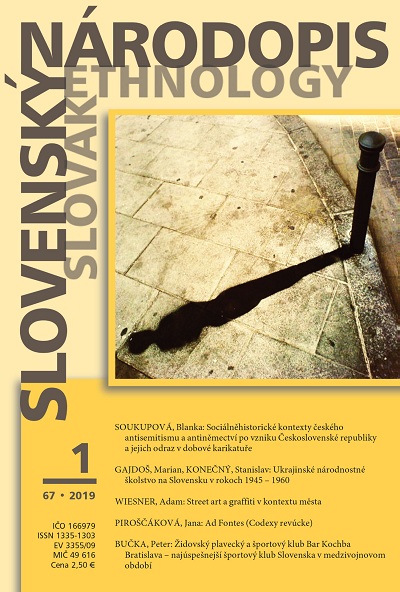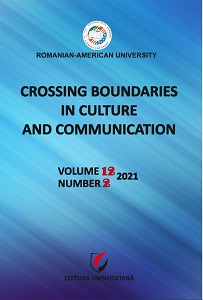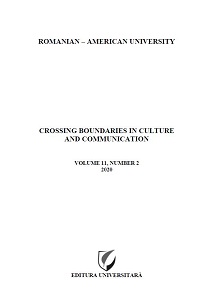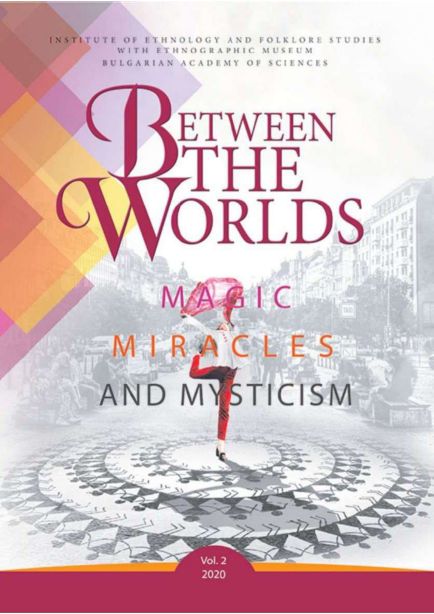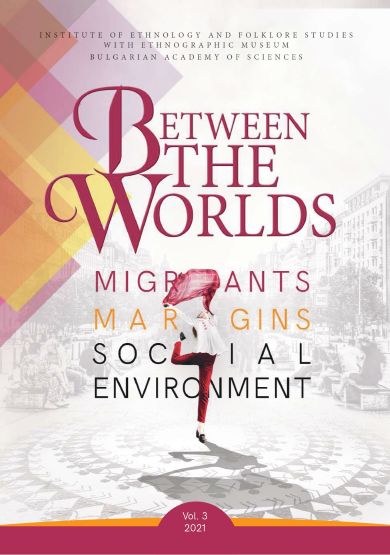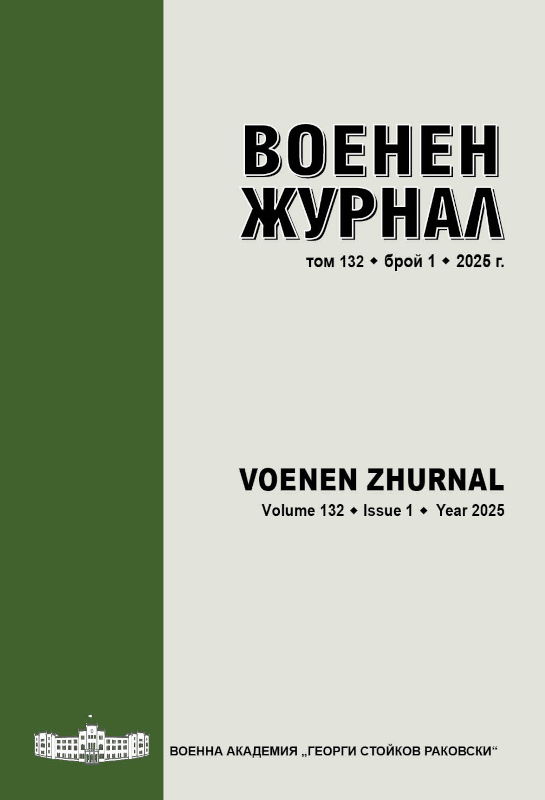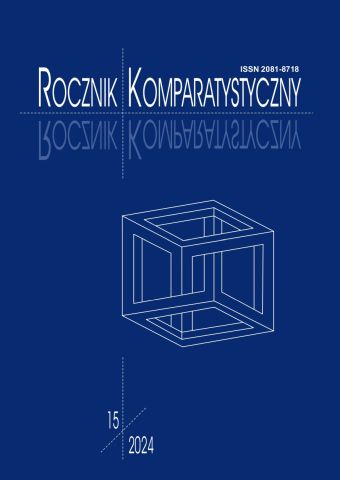THE REPRESENTATION OF THE SOVIET POPULATION DEVIANT BEHAVIOR IN STATE SECURITY ORGANS’ INFORMATION AND ANALYTICAL DOCUMENTS OF 1920S
This paper addresses the ways of representation of antisocial behavior described in analytical documents (newsletters, reports, reviews, memos) of the Soviet State Security (GPU USSR) which were prepared to inform senior party and government leadership about the situation in the country. In particular, these documents contain information about the deviant, delinquent and criminal behavior of different social groups in terms of their rejection of the party-state policy. Individuals’ sentiments and actions are considered to be the varieties of antisocial behavior. The Secret Service documents contain information about the specific acts of negative behavior of certain social groups (workers, peasants) as well as of individual members of the public authorities. In a separate part are the reports containing the information about the antisocial actions by responsible and ordinary party members. The author attempts to analyze how the Secret Service determined the motivation of Soviet population antisocial behavior. The author comes to the conclusion that the information and analytical documents are valuable historical source for the study of different types of antisocial behavior in the period of new economic policy.
More...
